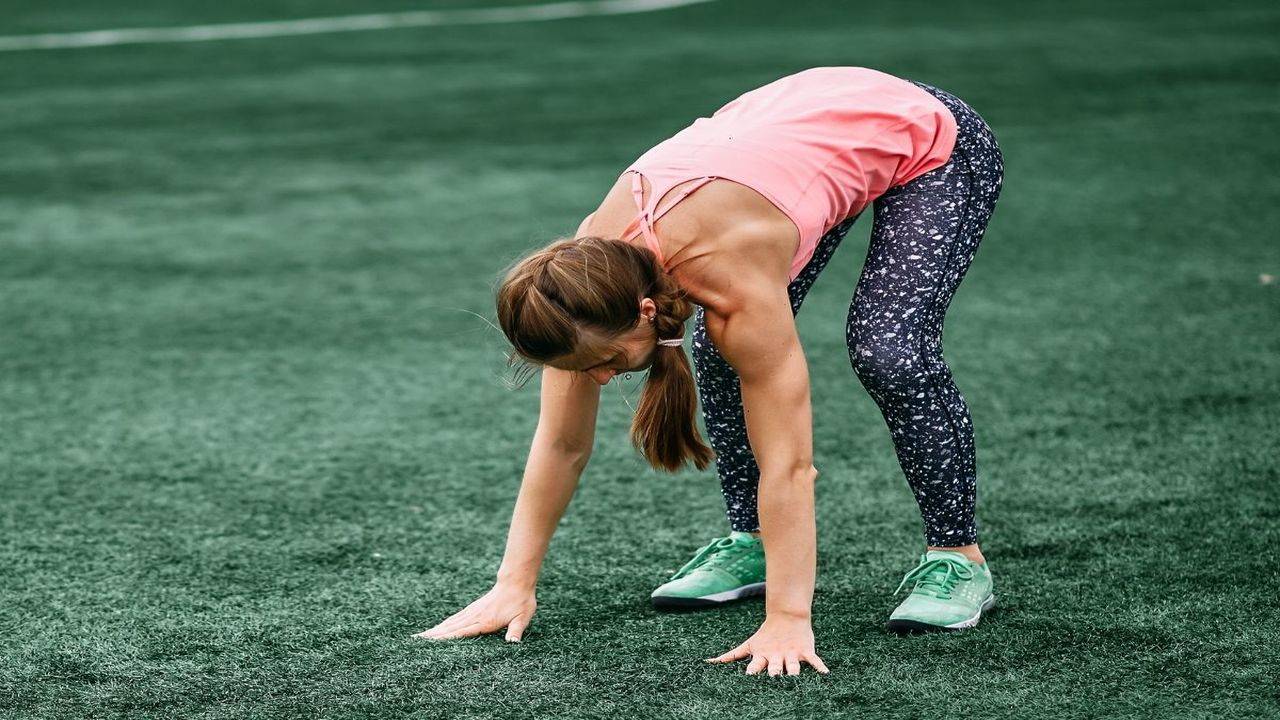So you’ve never run before—like, ever. Maybe you dreaded the school mile run, or maybe you’ve just always looked at runners in the park and thought, good for them, but not for me. Well, guess what? It’s never too late to lace up your sneakers, find your pace, and actually enjoy running.
If you’re feeling a little intimidated—don’t worry. Every runner on that trail or sidewalk was once a total beginner too. And the truth is, running isn’t about finishing marathons right out of the gate. It’s about starting small, listening to your body, and letting the miles build up naturally.
Whether you want to boost your fitness, clear your head, or just see what all the hype is about, these three beginner-friendly tips will help you hit the pavement (or the trail) with confidence—and maybe even a smile on your face.
1. Embrace the Run-Walk Method—Yes, Walking Is Allowed!
The biggest mistake new runners make? Going all out too fast. They think running means sprinting until you’re gasping for air, then collapsing and hating every second of it. The secret? It doesn’t have to be that way.
The Run-Walk method is a lifesaver for first-timers. Popularized by Olympic coach Jeff Galloway, this technique simply means mixing short intervals of running with short intervals of walking. It’s gentle on your joints, prevents burnout, and makes your new habit way more enjoyable.
How to get started:
- Warm up with a 5-minute brisk walk.
- Run lightly for 30 seconds to 1 minute.
- Walk briskly for 1 to 2 minutes.
- Repeat for 20–30 minutes.
Over time, as your endurance builds, you’ll naturally run longer and walk less. One day you’ll look up and realize you’ve run a mile without even glancing at your watch. That’s the magic of starting slow—your body adjusts without the mental dread that comes with forcing yourself to run non-stop from day one.
Bonus tip:
Don’t worry about speed. Seriously. Focus on consistency and staying comfortable. You’re not racing anyone—especially not yet.
2. Get the Right Shoes (and the Right Mindset)
You don’t need fancy gear to start running, but good shoes are non-negotiable. Worn-out sneakers from the back of your closet won’t cut it—unless you enjoy shin splints and blisters.
Visit a local running store if you can. Most shops offer a quick gait analysis (often for free) to help you find shoes that match your foot shape and running style. They’ll check things like arch height, pronation (how your foot rolls), and help you pick shoes with enough cushioning and support.
A good pair of running shoes doesn’t have to break the bank either. There are solid beginner options in the $70–$120 range that can last you hundreds of miles.
Your shoes are sorted—now about that mindset:
When you’re just starting, you might feel a bit self-conscious. Maybe you think you’re too slow, too out of shape, or too awkward. Here’s the truth: nobody cares. Other runners? They’re too busy worrying about their own breathing and steps to judge yours. So when that self-doubt creeps in, remind yourself: you’re out here doing something new—and that’s more than most people can say.
3. Make It a Habit—But Keep It Fun
Here’s the thing about running: consistency beats intensity every time. You’ll see more progress running three times a week at an easy pace than sprinting once, getting sore, and ghosting your running shoes for a month.
So how do you build a habit? Make it fun and flexible.
Practical ways to stick with it:
- Schedule it: Treat your runs like appointments. Put them in your calendar, set reminders, and honor them like you would a work meeting.
- Find a buddy: Running with a friend keeps you accountable and makes the miles fly by.
- Use distractions: If solo runs sound boring, make them your podcast or playlist time. Create a “running only” playlist or audiobook—something you look forward to.
- Celebrate tiny wins: Ran for two minutes straight today? That’s a win. Made it out the door when you didn’t feel like it? Huge win. Track your progress in a notebook or an app. Seeing how far you’ve come keeps you motivated.
And remember: rest days are part of the plan. Your muscles need recovery to get stronger. So don’t feel guilty if you take a day (or two) off—just come back when you’re ready.
Common Beginner Questions—Let’s Clear These Up
Q: What if I feel like I can’t breathe when I run?
Totally normal at first! Slow down. Seriously—slow it way down. Most beginners run too fast. You should be able to talk in short sentences without gasping. If you can’t, walk for a bit, then run again at a gentler pace.
Q: Should I run every day?
Nope! Your body needs recovery, especially when you’re new. Start with two or three short runs a week. On your off days, you can walk, stretch, or do some light strength training if you feel up to it.
Q: What about side stitches?
Those annoying cramps are common for newbies. Try exhaling hard when your foot hits the opposite side of where the stitch is. Slow down, breathe deeply, and they’ll usually fade. Staying hydrated and not eating a big meal right before running helps too.
A Quick Word on Safety
Running is pretty low-risk, but a few basics help:
- Be visible: If you’re running near roads, wear bright clothes or reflective gear.
- Run facing traffic: If there’s no sidewalk, run against traffic so you see cars coming.
- Listen to your body: A little soreness is normal. Sharp pain is not—if something hurts, rest up and don’t push through.
Enjoy the Journey—Don’t Overthink It
One day you’ll look back at your first clumsy run-walk session and smile. Every runner has that story—when they thought they’d never make it a mile but somehow did. Then two miles. Then maybe five. Or maybe not—maybe you’ll stay happy with short runs forever. That’s fine too.
The real win is discovering what your body can do when you just show up, step by step. So tie those laces, take a deep breath, and remember: you don’t have to be fast, and you don’t have to run far—you just have to start.










